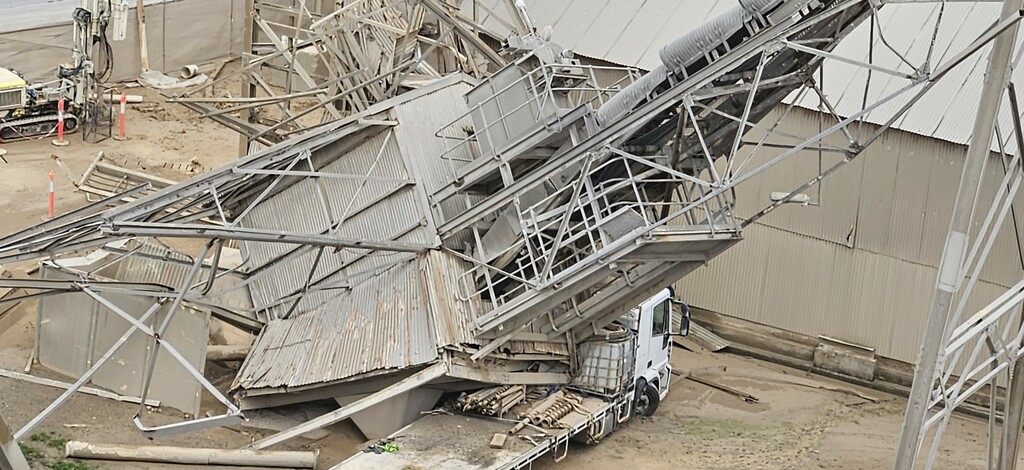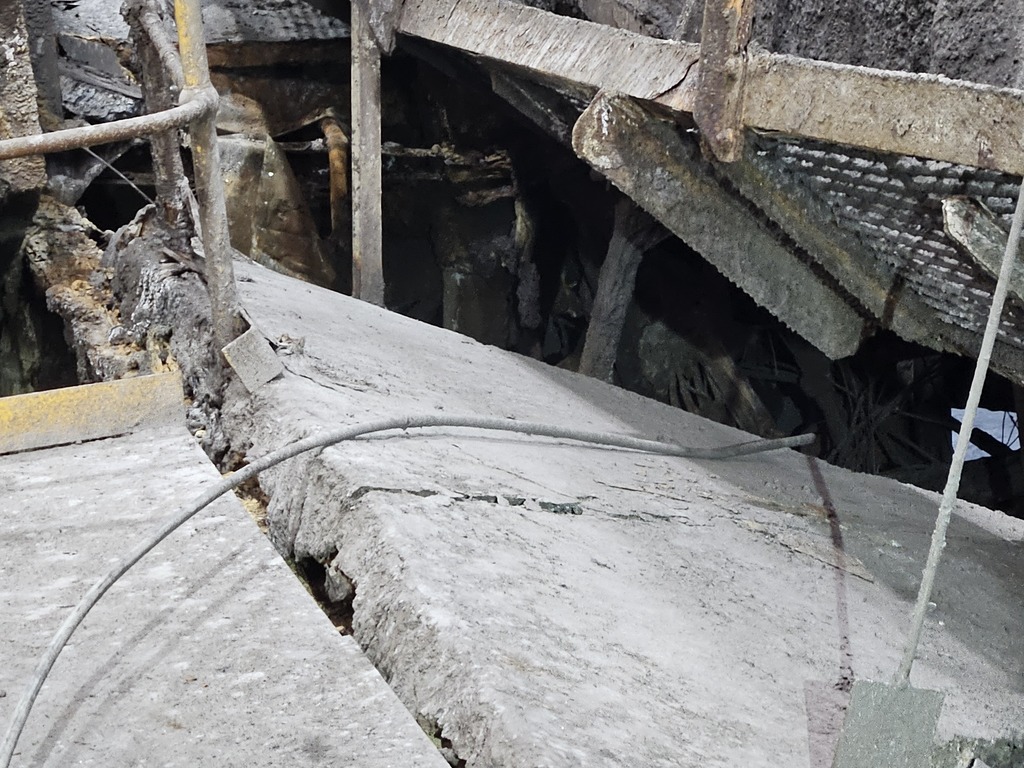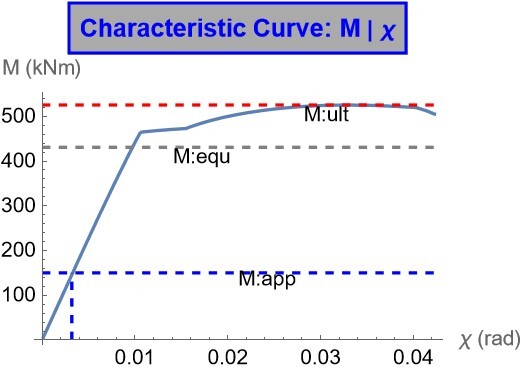A robust expert opinion has three prerequisites:
Expert opinions may be sought in cases of structural damage, or to develop arguments for resolution of building disputes
Areas typically addressed by opinions include:
Expert opinions will be written Under Instruction, which instruction may be revised as the expert's opinion develops.
The Expert may be retained to assess conformance of remediation works to the required solution..

SUSTAINABILITY:
The ability to maintain a defined system in its fully operational state for a specified period of time
Acheiving Sustainability
1. Define the system to be maintained
a. precise engineering definition
b. scope, purpose
c. interactions, inputs, outputs
2. Define the purpose of the system
a. initial purpose, operational purpose, final purpose
b. fully operational
i) stable
ii) incrementing
iii) oscillating
c. partially operational
i) causes
ii) consequences
iii) remediation
d. identify required KPIs
3. Maintenance
a. measure and report
b. required tasks of the system
c. system KPIs
i) performing well
ii) in distress
d. identify remediation required for each distressed KPI
e. corrective action
i) identify and remove causes of KPI distress
4. Time duration
Ensuring Sustainability
The application of sustainable practices necessarily implies the activation of corrective actions when sustainability is recognised as being under threat.

Non-linear analysis of reinforced concrete provides higher design strength values, with a higher certainty, when compared to standard linear 'rectangular stress block' methods.
Post-yield ductility characteristics are also provided, very important in earthquake design.
Ultimate reserve load capacity is also defined, which is very useful in defining risk profiles in structural failure analysis.
Analysis methods are available for both beams and columns, and for circular, rectangular and 'T' section profiles.
